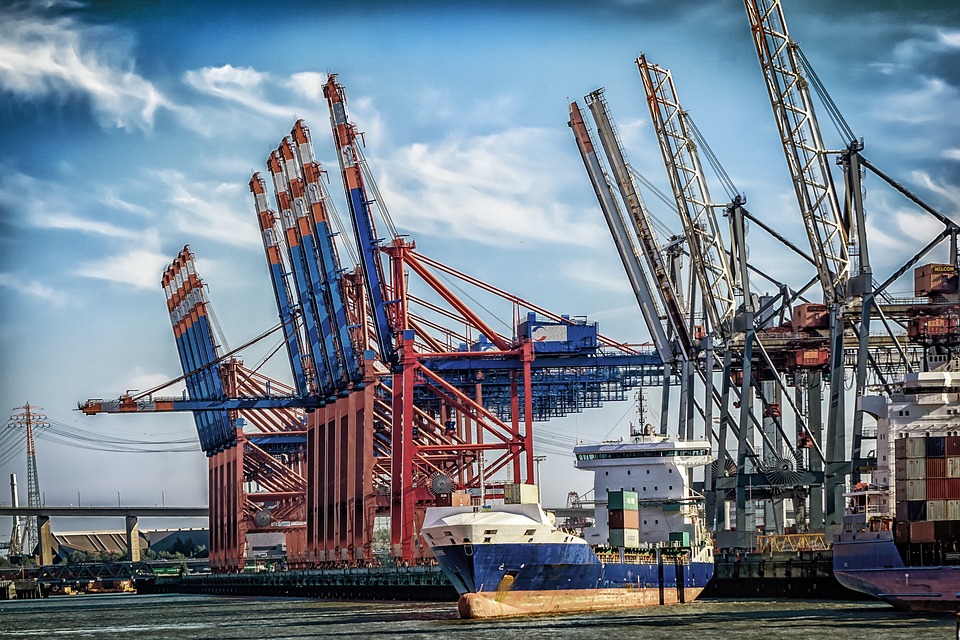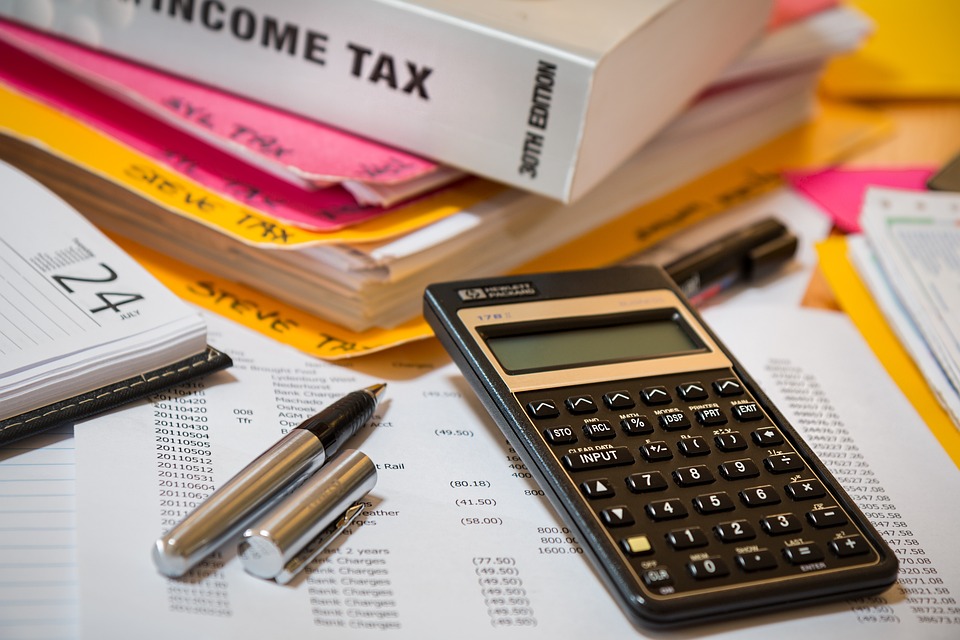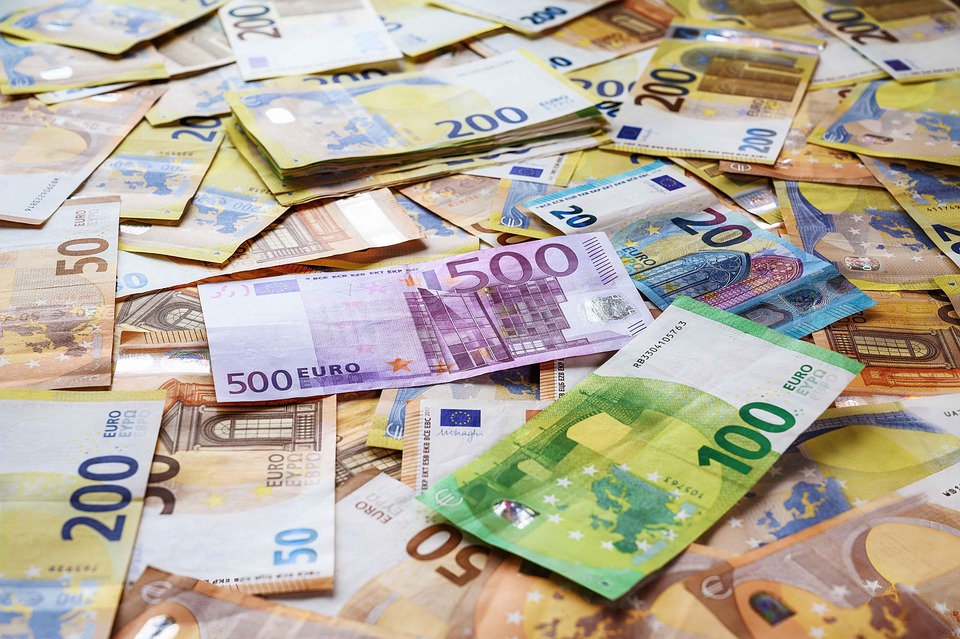輸出稅還付What is it?
In short, it’s “getting your tax money back.” Picture this: you run a factory and produce a batch of garments; when you bought the fabric you paid a 13% value-added tax, and later you sell the goods abroad. To encourage exports, the state refunds the tax you previously paid in proportion—this is輸出稅還付」でした.
Core logic: The nation “imposes no export taxes,” giving Chinese goods greater price competitiveness in international markets.

What are the requirements for claiming a tax refund?
1. You must be a "bona fide taxpayer":
- The company is a general VAT taxpayer (small-scale taxpayers are not eligible for tax refunds);
- Has import and export rights (just file for foreign trade registration and you’re set).
2. The goods must “actually leave the country”:
- The goods have actually left the country (with an export record on file with customs);
- Must not be goods subject to export prohibition (e.g., rare earths, endangered animal products).
3. The money must “truly come back”:
- Receipt of foreign exchange payment (the bank’s foreign exchange settlement slip is an important proof);
- For sales on credit (goods shipped before payment is received), the payment must be collected before filing for the tax refund.
4. Don’t cross the policy red line:
- It’s not tax fraud (such as issuing fake invoices or making false export claims);
- Items that are not subject to the state’s export-tax-rebate restrictions (such as certain resource-based products).
Full Tax Refund Process: Follow These Four Steps
1. Registration and Record-Filing (Open a Store and Obtain "Tax Refund Eligibility")
- Go to the e-tax bureau to file the export tax rebate record (fill out the form online; takes 1–2 days).
- Obtain the "Export Enterprise Tax Refund Registration Certificate" (now mostly electronic in most regions).
2. Customs Export Declaration (letting customs know “the goods really left”)
- Find a freight forwarder to handle customs clearance and obtain the export customs declaration form (which will list your cargo value, quantity, and HS code);
- The "Trade Term" on the customs declaration must match the contract (e.g., FOB, CIF).
3. Gather Documentation (Prepare the “Tax Refund Evidence Chain”)
- Procurement stage: Special VAT invoice (issued to you by the factory);
- Sales Stage: Export Contract, Proforma Invoice;
- Logistics segment: Bill of Lading (B/L), Packing List, Customs Declaration;
- Collection stage: Bank collection voucher (proof that the funds have arrived).
4. Filing for Tax Refund (submit the "Tax Refund Application Form" online)
- Log in to the e-Tax Bureau’s “Export Tax Rebate” module and upload the documents;
- The system automatically cross-checks the information (invoice, customs declaration, and foreign exchange for consistency);
- After the tax authority approves the application, the refund will be credited to the company’s account (usually within 1–3 months).

Note: These pitfalls are absolute no-gos!
1. Documents must achieve the "three consistencies":
- The product name, quantity, and amount on the invoice, customs declaration, and contract must be completely identical.
- Case: A company listed “stainless-steel water cup” on its customs declaration but wrote “vacuum-insulated cup” on the invoice; as a result, the tax rebate was rejected.
2. Time limits must be strictly enforced:
- After the goods are exported, the tax refund must be claimed no later than the VAT filing deadline of April of the following year; failure to do so will render the refund void.
- The deadline for receiving foreign exchange is generally within one year after export (extensions may be granted under special circumstances).
3. Don’t be careless with foreign-exchange management:
- If the customer pays in RMB, foreign-exchange verification is still required (some banks can handle this on your behalf);
- Third-party payment (e.g., payment made by the customer via a Hong Kong company) must be accompanied by a written statement.
4. The export-tax rebate rate can change—keep a close eye on policy updates:
- The state adjusts the export rebate rate annually (for example, in 2023 the rebate rate for certain chemicals was lowered from 13% to 9%);
- Check the tax rebate rate: log in to “Electronic Tax Bureau – Export Tax Rebate Inquiry” or the “Customs HS Code Database.”
5. Don’t try to save a few bucks by buying fake invoices:
- The tax bureau will strictly scrutinize whether the "invoice flow, goods flow, and capital flow" are consistent;
- Purchasing fake invoices to claim tax refunds can lead to fines at best and criminal liability at worst.
Pro Tip: File Your Tax Refund This Way for Speed and Certainty
- Periodic reconciliation: Reconcile customs declarations, invoices, and foreign-exchange receipts monthly to identify issues in advance;
- Find an outsourced accounting firm: Let the professionals handle what they’re good at (the agency fee is roughly 1%–3% of the tax refund amount).

結(jié)論
Export tax rebates are the “policy red envelope” the state hands to foreign-trade players, but you still have to follow the rules to claim it. Remember these three keywords:Document consistency, precise timing, compliant operations, only then can you safely pocket the money. Final reminder: policies change quickly—keep an eye on announcements from the relevant authorities, and consult a professional accountant when necessary. Don’t let the money slip through your fingers!
Finally, if you need agency services or any other support in export trade, feel free to contact us!


 カスタマーサービスWeChatをフォローしてください
カスタマーサービスWeChatをフォローしてください